Some Capetonians might find this hard to swallow, but within five years the city’s residents and visitors will drink purified sewage water.
“It’s very safe,” says Michael Killick, the director of bulk services for water and sanitation. “We’ll have our own laboratory with control and monitoring systems throughout the process. We’ll test for herbicides, pesticides, and contaminants of emerging concern, which are hormones, even caffeine, pharmaceuticals, and E coli. So we’ll be able to pick up if there are any issues.”
To help diversify water sources and tackle water shortage, Cape Town is embarking on what it says will be the world’s largest direct wastewater reuse plant when it starts operating in 2027. It’s expected to produce up to 100 million litres of water daily.
This is not a new concept in Africa. Namibia has provided treated sewage as drinking water for its city residents since 1968. Their plant, which initially treated 4.3 million litres of water a day, was refurbished in 2002. It now produces 21 million litres of drinking water daily, accounting for 25% of the total water consumed in the arid city. No adverse health effects have been reported, and the plant is often cited in the global academic literature on wastewater reclamation.
Last year, Egypt opened what is considered the world’s largest wastewater treatment plant, the Bahr El Baqar, with a daily output of 5.6 million cubic metres. But this water is for industrial and agricultural use and is not fit for drinking.
At the Faure water treatment plant, Killick points out the sliver of land where the city will build the new R2-billion new water scheme. Wastewater will be piped to the freshwater scheme, where it will undergo a stringent purification process involving five treatment “barriers”.
The first process is ozonation. This uses strong oxidising properties to break down complex organic substances and destroy germs. Next is biologically activated carbon filtration, which removes particles and biodegradable organic substances. This is followed by granular activated carbon filtration, which removes non-biodegradable micro-organic substances through adsorption. Fourth, ultrafiltration removes particles and germs 1 000 times smaller than the width of a single human hair. The last process is ultraviolet advanced oxidation, which will make the New Faure Water Scheme much superior to other treatment plants.
“This is a relatively new technology that uses a combination of intense ultraviolet light and an oxidant to kill pathogenic organisms and break down trace micro-organic compounds such as pharmaceuticals, hormones, and personal care products. The ultraviolet light advanced oxidation is an additional step, over and above the others that also target these contaminants,” Killick says.
All of this is designed to ensure that water is treated to a quality that complies with South Africa’s national standard for drinking water, as well as international standards that target water reuse schemes.
The treated water will be blended with dam water (the latter will make up 80% of the final flow) before being piped across the peninsula, from informal settlements on the Cape Flats to affluent suburbs such as Fresnaye, where President Cyril Ramaphosa owns a mansion.
Killick concedes that convincing people that reclaimed wastewater is safe for drinking is a hard sell. He is optimistic that the benefits of this approach far outweigh any negatives and will be enough to ease concerns.
Water reuse is cheaper and more energy efficient than desalination, for example. And planning for the new water scheme isn’t being done in a vacuum.
The specialist international water reuse consulting firm, Hazen and Sawyer, guided its early design.
“The design of each of the barriers and the integrated system is the result of developments and technology in the water reuse industry, across numerous countries,” Killick says.
Meanwhile, the Water Research Commission has appointed an independent advisory panel of 11 local and global industry specialists to oversee the water reuse project.
Cutting-edge technology allows interested parties to tour the proposed plant before breaking ground. After six months of engineering and architectural design, Cape Town engineering consultants Zutari created a virtual reality simulation with a digital walk-through of the water purification process.
In addition, there’s some local precedent that may reassure sceptical residents. Insurance giant Old Mutual set up a direct reuse plant at its offices in Cape Town suburb at the height of drought-induced water restrictions in 2018. At the sprawling building, wastewater, primarily sewage, is purified and used by about 10 000 staff and visitors daily.
“They have been using and drinking reused water for a few years now,” Killick says.
The city will invite tenders to build the Faure new water scheme in 2023.
“It’s a process,” says Killick. “By mid-next year, the city will make a decision to proceed with procurement. We’ll go out to tender first. Then there’s about an 18-month period where people tender, the evaluation of tenders, and so on. And then it will be about two and a half, to three years of construction. So, I think the plant should be up and running around November 2027.” — bird story agency



